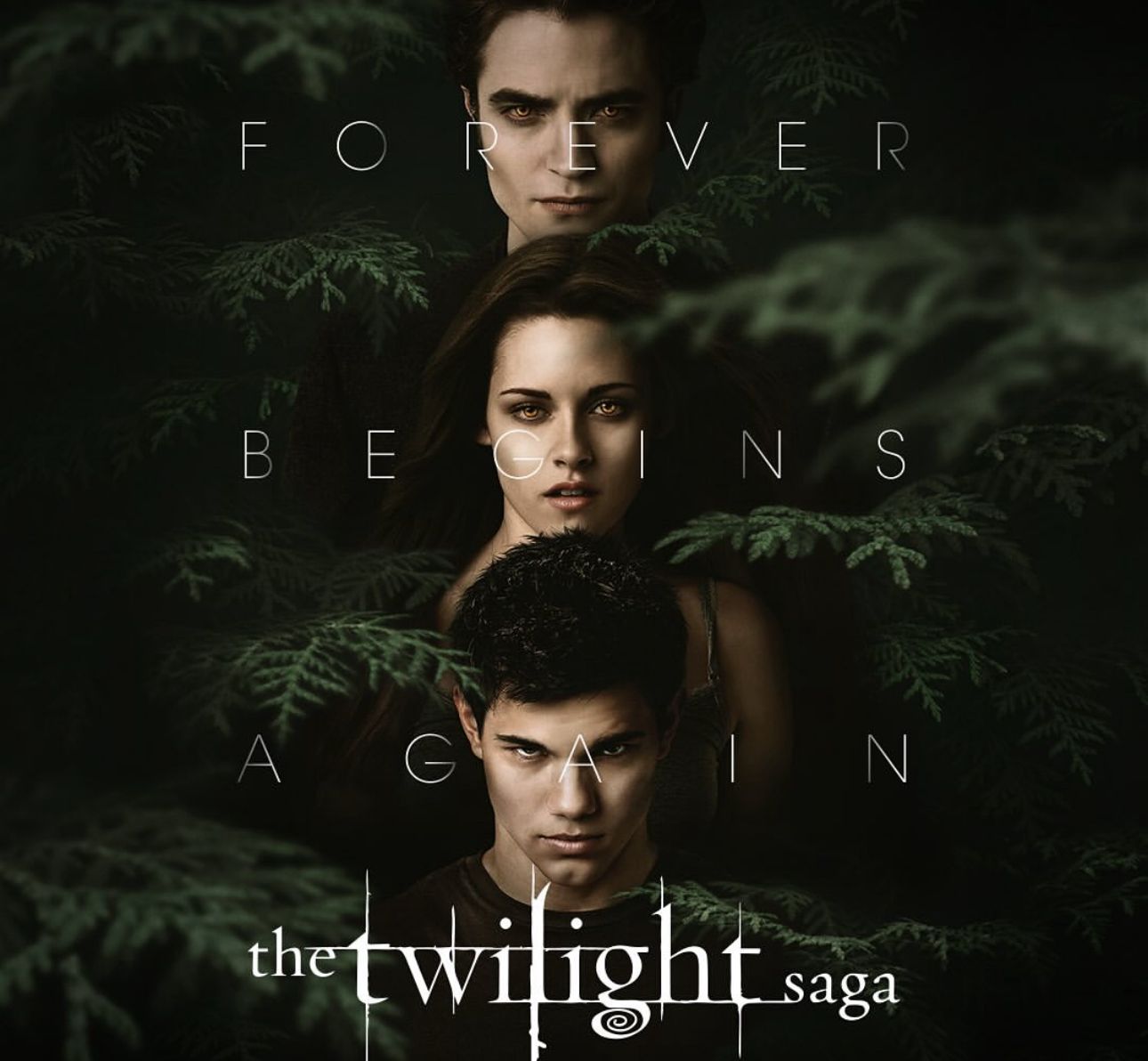Saturday marked the 20th anniversary of the publication of Twilight, the first book in Stephanie Meyer’s teen vampire romance saga published between 2005 and 2020.
It has also been almost 20 years since Kristen Stewart’s awkward “plain girl” Bella and Robert Pattinson’s century-old glittery Edward appeared in the first movie.
The film Twilight (2008) grossed more than $407 million worldwide during its theatrical release. It is often credited with launching the careers of Stewart and Pattinson.
Full of awkward dialogue, melodramatic acting, and absurd scenes, such as the iconic vampire family-bonding baseball game, Twilight has earned a cult status.
The franchise has amassed a dedicated fandom of “Twihards”, including some surprisingly young fans who, two decades on, won’t let it fade from the cultural consciousness.
The Twilight renaissance
Meyer’s Twilight books sired a growing brood of 2000s teen vampire romance novels, including L.J. Smith’s The Vampire Diaries series (2009–17) and Richelle Mead’s Vampire Academy series (2007–10).
The COVID pandemic also ushered in the revival of the romantasy genre on #BookTok, TikTok’s sub-community for bibliophiles. BookTok has greatly resurrected our collective nostalgia for paranormal romances, providing a useful context for understanding the “Twilight renaissance” of recent years.
The most obvious sign of the Twilight franchise’s ongoing popularity is the non-stop parade of memes on social media, spoofing everything from the characters to the plot, acting, and continuity errors, as well as low-budget visual effects.
Across YouTube, Facebook, Instagram, and TikTok, Twihards create and share daily Twilight-themed content on their own accounts and on dedicated fan accounts.
In the 2009 film sequel, Twilight: New Moon, the teen-werewolf Jacob (Taylor Lautner) runs grinning towards Bella, exclaiming: “Bella, where the hell have you been, loca?”. This bizarre line and its delivery inadvertently created one of the most popular Twilight memes of all time. Even the actors have gotten on board with poking fun at the franchise’s unintentionally goofy moments.
The resurgence of the Twilight subculture also comes down to fans re-watching the films after they were added to Netflix in 2021. All five films quickly entered the streaming platforms’ top ten most-watched list.
The first film, produced with a budget of just $37 million, lends itself particularly well to repeat viewing, as it is full of odd and quirky details.
Escaping to Forks, Washington
In her book, Memes and Digital Culture, Professor of Communications Limor Shifman argues that, despite their seemingly trivial nature, memes play a crucial role in shaping and reflecting how people perceive the world.
Members of Gen Z, many of whom grew up watching the Twilight films, are now young adults navigating a complex world. They also happen to be the most meme-obsessed generation.
The Twilight renaissance may reveal how they are grappling with contemporary life, with some fans calling it a “recession indicator.” Fans seeking safety and familiarity in tough times will watch the films over and over.
“Watching them brings me right back to a time in my childhood where possibilities were endless, and it makes me so happy,” says one Reddit user.
Twilight across the generational divide
Young adult fiction — particularly narratives with supernatural, paranormal, or fantasy romance elements — offers an escape from reality that centers on the universal experience of adolescence.
Coming-of-age stories, such as Twilight, allow young people to navigate the emotional trials of love, friendship, and self-discovery in a way that feels both sufficiently different and familiar.
And while millennials experienced Twilight first-hand, throngs of Gen Zers are now finding their way to Forks through this resurgence of 2000s pop culture.
For both generations, Twilight provides comfort and escapism, while its memeification fosters the kind of online camaraderie that’s often sought in tumultuous times.

.jpg)



.jpg)


